Two big topics for you this week on the podcast with an interview with Skin, singer with Skunk Anansie as well as discussion of the Dulux colour of the year. Now, by the time you read this the colour will have been announced so I’ll come to that at the end. First up Skin, whose book It Takes Blood And Guts is out on 24 September. Of course she will be familiar to many of you as a singer and activist but did you also know that in addition to touring with David Bowie, duetting with Pavarotti, singing Happy Birthday to Nelson Mandela and being the first black female to headline Glastonbury (in 1999) she also studied interior design, first at The London College of Furniture and then at Teeside Poly (as it then was) where she gained a degree in Interior Architecture and Computing. She was the first black person on the course and was there, said one of her tutors, “as an experiment”.
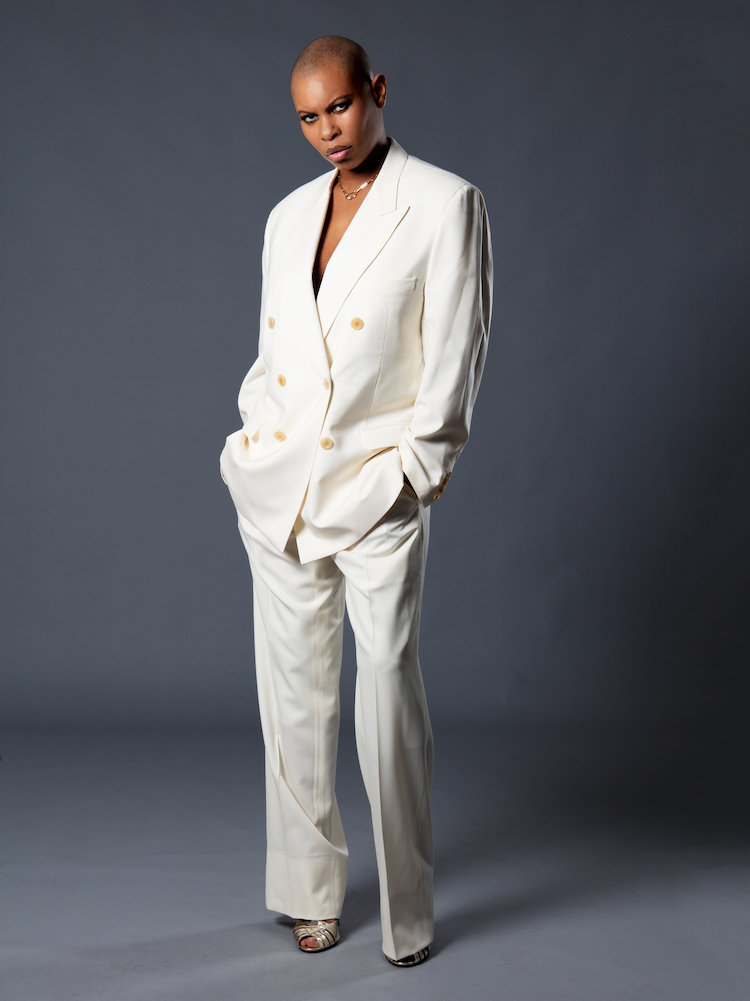
She was born in the UK to Jamaican parents who came to the UK as part of the Windrush generation and she grew up in Brixton where her grandfather ran a nightclub in basement so there was, in her words, always music and rum.
Sadly we were unable to have a real house tour as she was in her house in Ibiza at the time of recording but we covered a lot of ground including why she has flying ducks on the wall and how, at the age of 15 she nearly lost her job in the furniture department of BHS when she tried to educate them about apartheid.
I asked her first about the decor of her Ibizan finca, the home she has owned the longest and where she chose to spend lockdown with her partner. Inside it’s all clean lines and modern while the outside retains the cottage feel. It’s a juxtaposition of old school and high tech which mirrors her approach to music where the rock music contrasts with the softer poetry of the lyrics.
Was she aware of the current #cottagecore trend which some black designers such as Kemi of Cottage Noir and Laura of No Feature Walls have taken further to create a Jamaican Nan style of interior? “I’m not a maximalist at all, she said, while acknowledging a familiarity with the ideas behind this new trend.
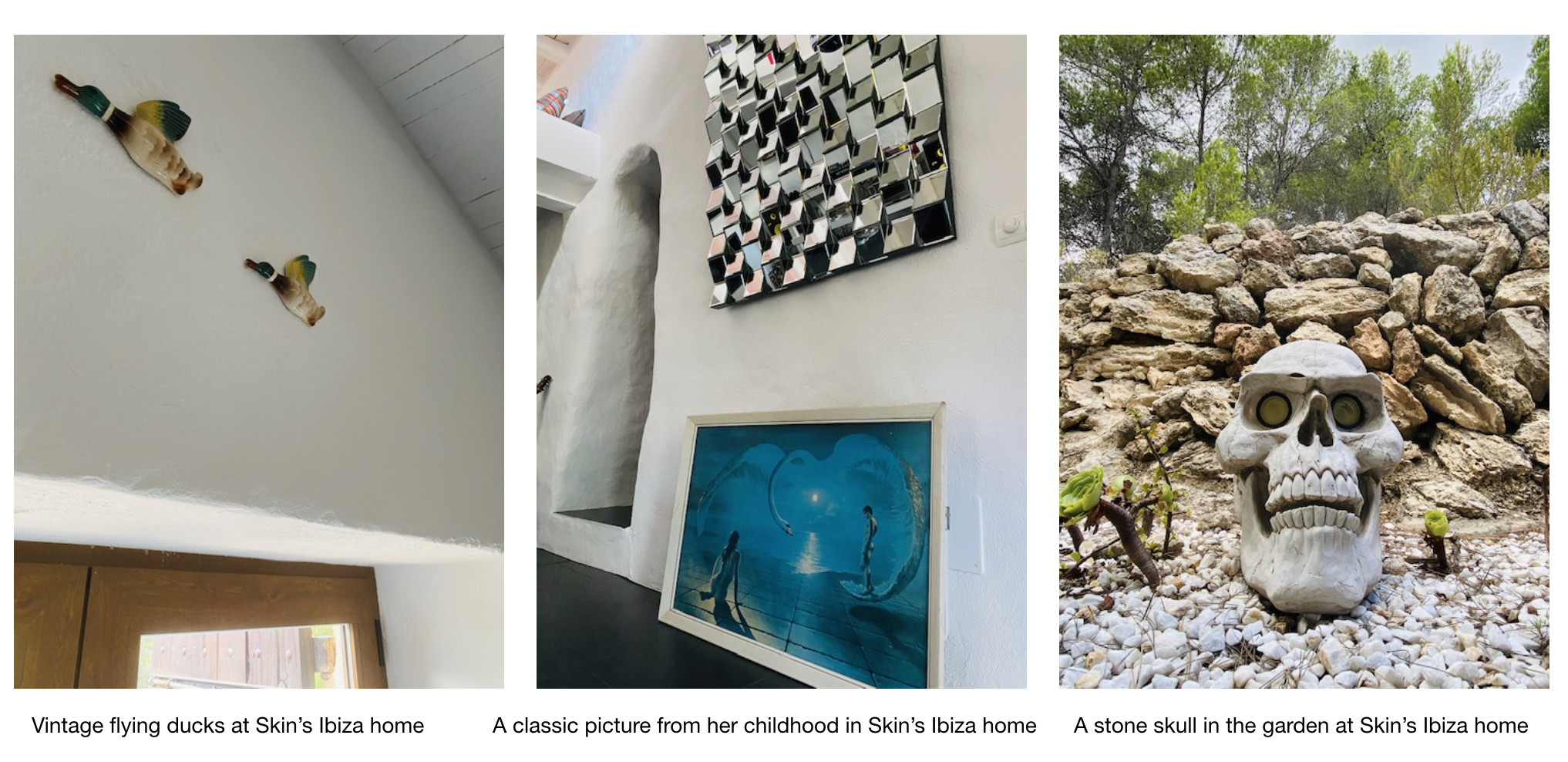
“I have one of those 1950s posters of the dove coming down from the sky and the two people under its wings. It’s such a cliche but I love it. And I also have a set of flying ducks on the wall. The original 1950s ones that I tracked down on eBay. It’s the English in me and I think it’s hilarious. I love that you walk into this high-tech sophisticated interior and see flying ducks on the wall. It makes me think of the north of England (of Teeside) and of Arthur Scargill and it makes me giggle. No-one else gets it except me and that’s fine.”
Her first foray into interior design was less auspicious. Moving from their small Brixton house, where she shared a bedroom with her brothers, to Tulse Hill. Skin was given creative control over her own bedroom. It was the Pierrot years (those of you in your 40s and early 50s may remember this – Skin and I are both 53). The mournful black capped clown was added to her new room in wallpaper, curtains, lampshades and bedding.
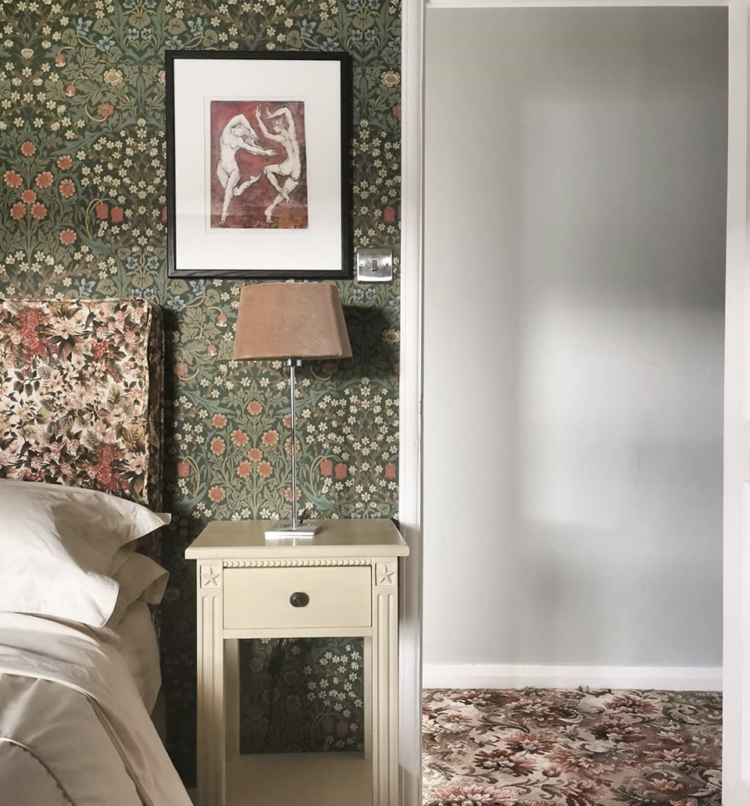
“I looked around and it looked like Pierrot had just vomited in my bedroom. But there was no money to change it so I had to live with it for three years. It’s a lesson I carry with me to this day – if at any time I think I am going mad for one thing to stop myself and remember Pierrot.”
While she may not have begun as a natural interior designer, Skin started her activism early. At the age of 15 she had a job in the furnishing department of BHS on Oxford Street where she took it upon herself to inform the manager of the wrongs of Apartheid and asked him to stop selling South African goods.
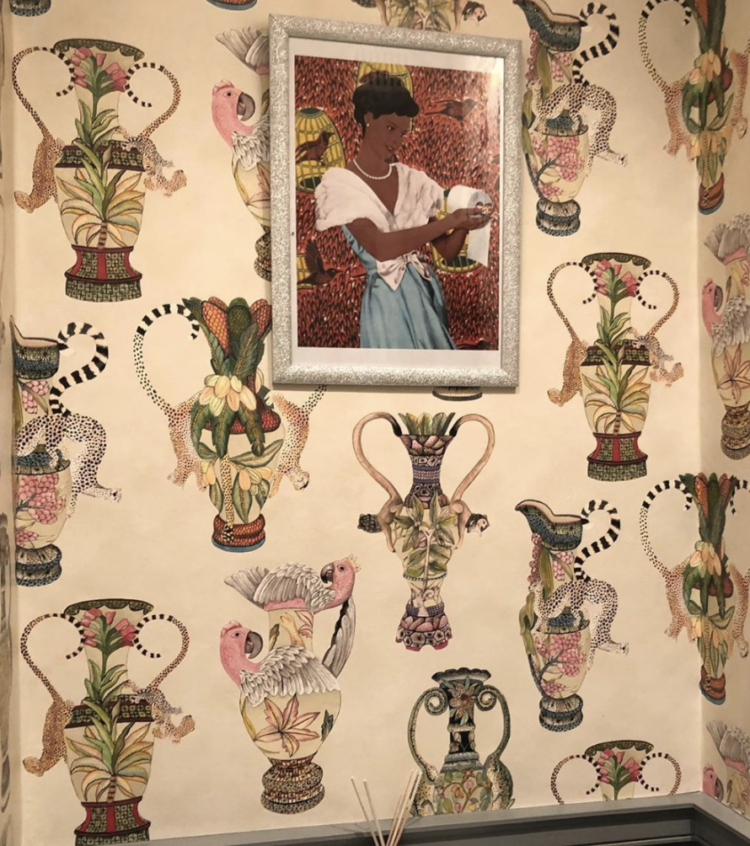
“It was a pivotal moment as there was beginning to be an understanding around the world of how it was for black people on a day to day level. It really affected me and I couldn’t believe that people could behave like that. So in my naive way I thought that maybe they [the BHS management] didn’t know or understand they were selling South African goods and I thought that if I just explained it to them they would stop.
“Well the job didn’t last long. They moved me to another department where I no longer touched the goods. They made it about me having to move rather than them making a change.”
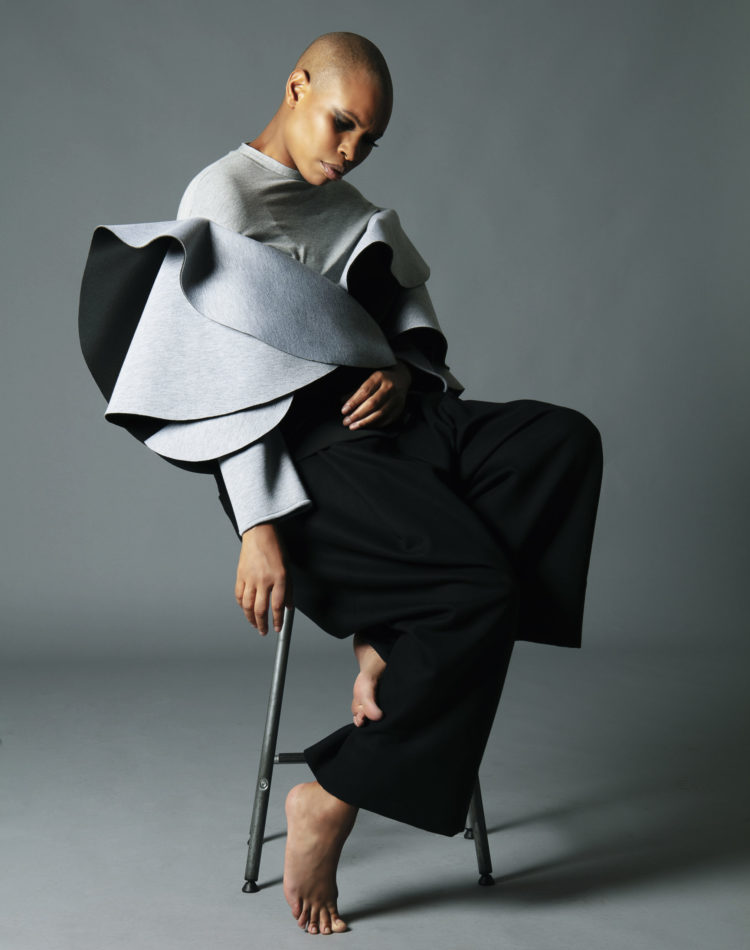
As a woman who has led the way in so many fields, I asked Skin about her advice for those who don’t see themselves in certain careers and therefore aren’t sure if there is a place for them, a topic we discussed at length in our Diversity in Design podcast.
Unsurprisingly her advice was not to be put off by that. “Seeing myself was never my thing and I would say that if you don’t see yourself you should do it anyway. We need to go in areas where we are not seen and make ourselves seen. Forge ahead and do it anyway and don’t let other people stop you.”
It Takes Blood and Guts by Skin with Lucy O’Brien will be out on 24 September.
*******
So you will all know it by now The Dulux Colour of the Year for 2021 is … Brave Ground. Now you might see it as beige but before you dismiss it (as some have) remember the panel behind Dulux COTY looks at trends in social media, fashion, architecture, politics and the environment. It is as much about a colour that represents the psychological state of the global mind (Akzo Nobel is in 80 countries) as something to put on the walls.
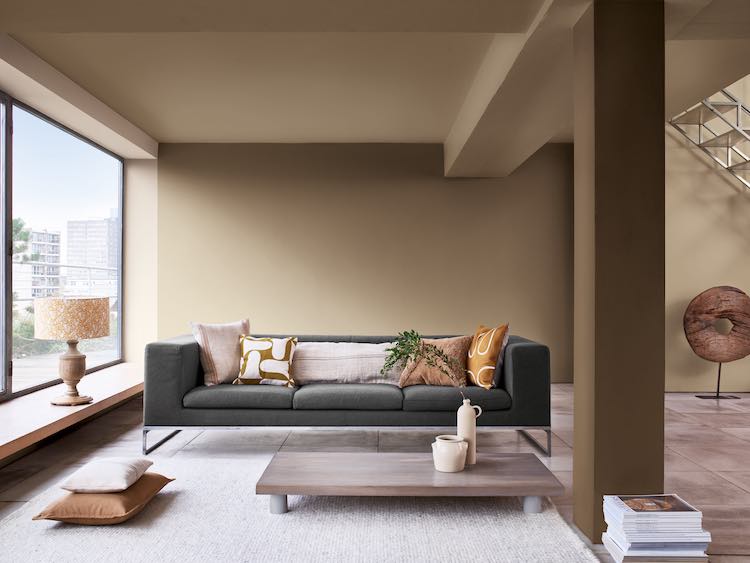
So that’s why it’s not a bright buttercup yellow or a strong pink as some have complained about. And it’s important to remember that Dulux also issues the coty with four palettes of complementary colours as you can see here. And in many of them Brave Ground is the supporting shade.
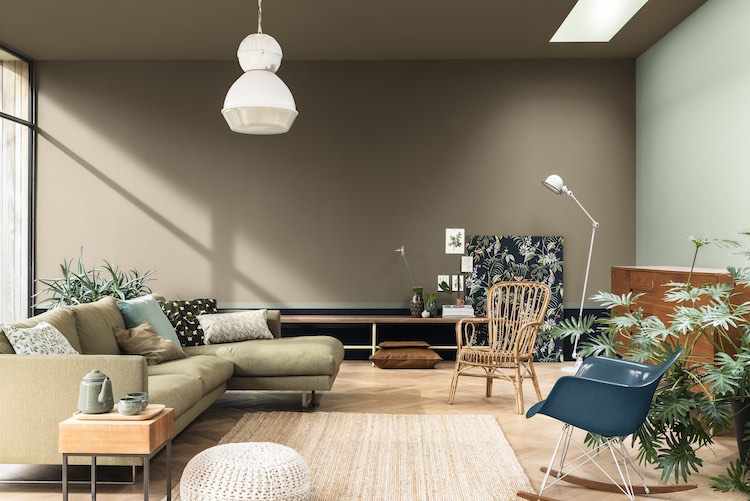
As Marianne Shillingford, the creative director of Dulux, said to Sophie on her IGTV, it’s the mother earth of colours: “It’s effortlessly elegant, grounding and warm and it’s a supporting colour… mothers are supporting. We never champion the quiet and this is a quiet supportive colour that works with all the other colours in the palettes.
“We do need to be brave for the future and to make big decisions and for that we need to have our feet on the ground and to feel safe.”
I’m going to return to this colour next week and look at it in more detail and see how it works with other colours.
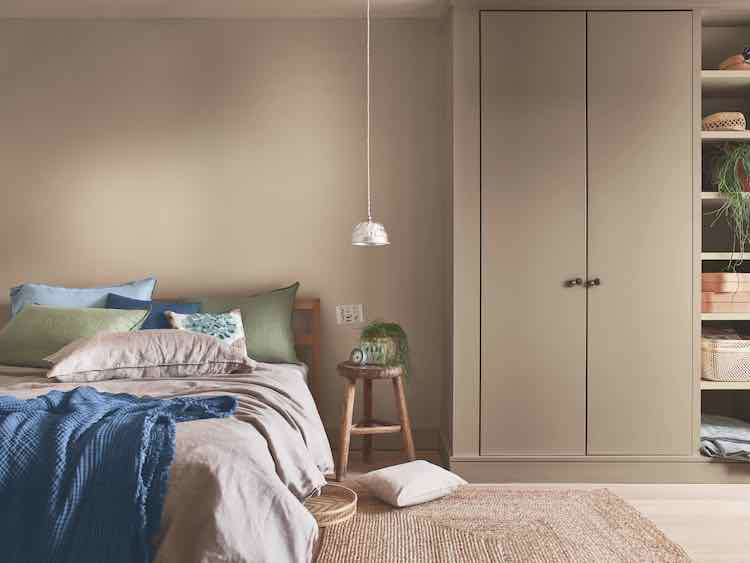
Later in the show Sophie and I also discussed whether, in a world where trade shows are online and browsing round the shops for inspiration isn’t really an option at the moment, trends are dead? Are we now all going to be more confident in our own style choices rather than following the diktats of the trend forecasters? I think it’s a fascinating subject and one that we are only just beginning to ponder so do have a listen to the podcast and see what you think?
We also spoke about online courses, the number of which have proliferated over the lockdown as people can’t get out to night schools etc. And that, of course, is one of the joys of learning online – it doesn’t matter where you are in the world or what time frame you are working to.
Here are some that we recommend.
Sophie Robinson design school (of course) Two courses available and a third coming next month.
Lucy Gough, how to be an interior stylist with a soon to be launched style your home
Emily Henson how to pitch and sell an interiors book proposal
Rita Konig online interiors course
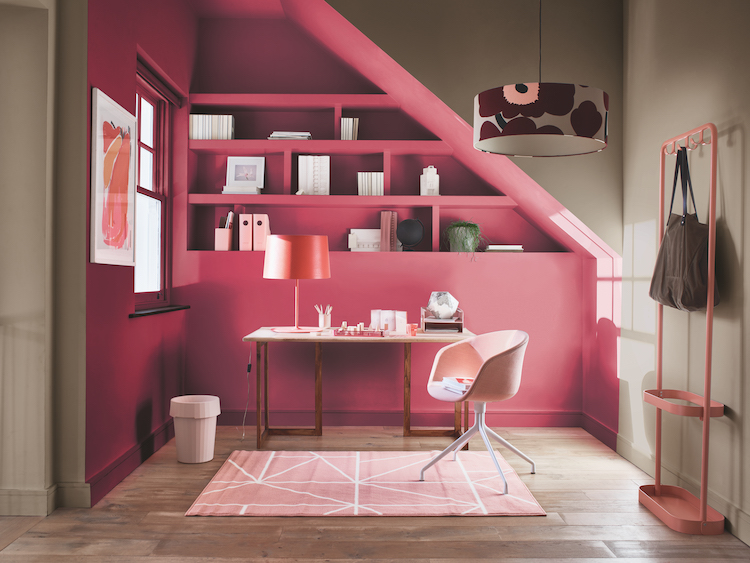
With huge thanks as always to our sponsor Neptune and to our producer Kate Taylor of Feast Collective and a heads up that for the last episode of the series Sophie and I will be emerging from our respective bedrooms to do a house tour with the cook Skye MacAlpine. I have written about her house before but she’s moved to a new one now and I can’t wait to see it. I hope you will join us for our first real life recording for six months. The last live recording we did was at Orla Keily’s house, the whole of series seven was by remote and the first five episodes of this one.
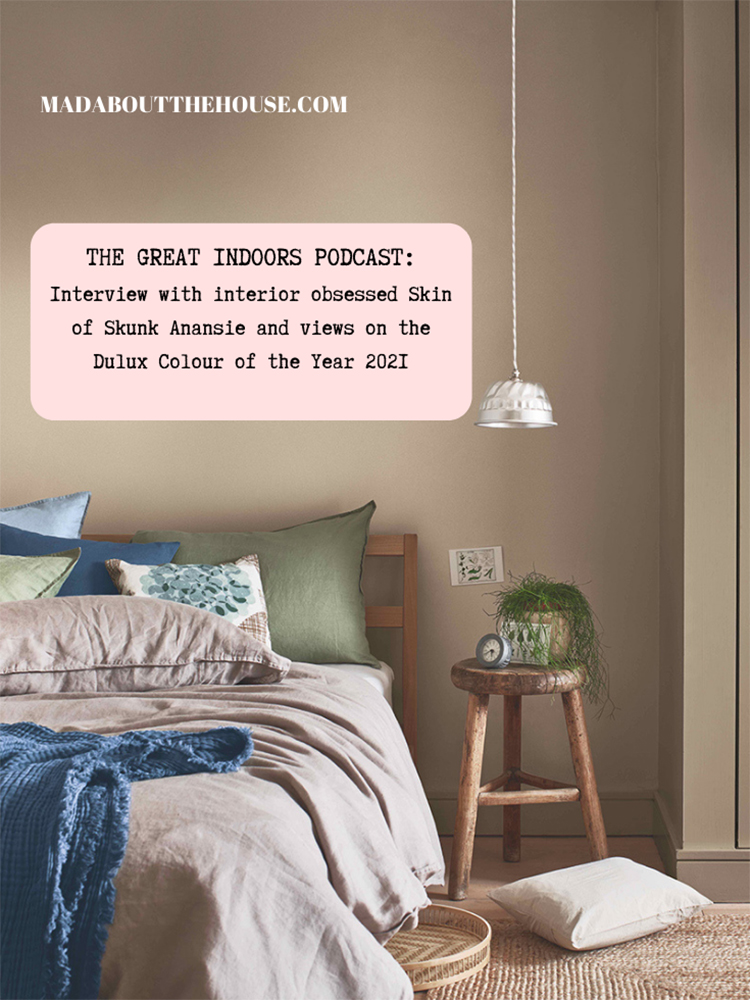

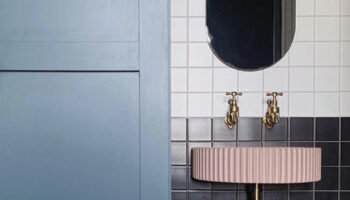
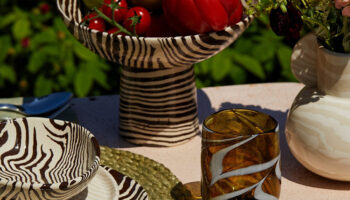
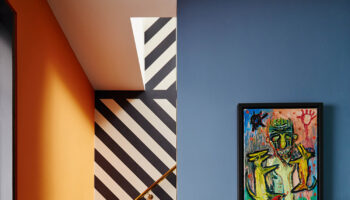
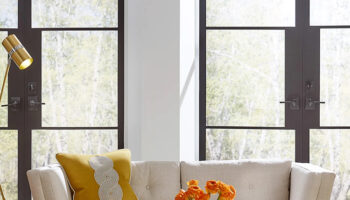
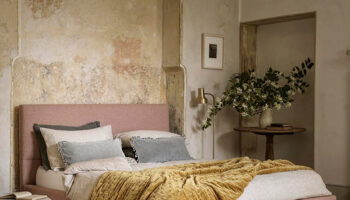
Wes Anderson deco style and palettes deserve a full episode. Do you think you could interview him? 🙂
We wish! I’m not sure a major Hollywood Director would be interested in coming on our podcast but hell, nothing ventured nothing gained! I will see if I can at least find an email for one of his people!
He lives in Paris, I think, or at least used to, so at least the time zone will help. Oh dear, I’ll keep my finders crossed!
Aargh the Pierrot years – just like that I’m transported to my youth.
I like the Dulux colour. In times when lots of us have spent a lot of time at home and when our houses have had to become workplaces, rest and leisure, play, and education, for people who may or may not be energised by colour, I quite like the idea of championing the quieter neutral that pulls everything together in the background so that the ever-changing activity in our houses can happen in front of it and so that our homes can flex and evolve.
I doubt if trends will ever die, but I wonder if the source of them will change? I can see them being generated far more by people like bloggers and Instagram ‘influencers’ rather than trade shows or industry forecasters. Maybe it is a symptom of the accounts I choose to follow, but I can scroll through my feed and note certain themes, colours or items appearing again and again, but they are by no means all the latest products that they are showcasing. In fact many are using vintage, artisan or upcycled items, but then, like I say, that may be partly down to my choice of accounts – I am a interiors obsessed furniture upcycler after all!
What it does seem to demonstrate is that we are influencing one another, and creating our own trends to some extent. You see an interior that really appeals to you online and use it for inspiration for your own. Whether that means searching the internet for a similar vintage chair, sourcing the same wallpaper, or using the tags to find the maker of a particular vase…
I have seen a similar colour to Brave Ground accompanied by navy blue and off white to stunning effect.
Agree need to obtain a sample as often the internet picture deceives.
Can’t wait to listen. Can’t believe you have done nearly 2 series of the podcast remotely. I can’t tell you how great it has been being able to listen to you two discussing and laughing over the last 6 months. Thank you to you all for continuing to provide fun insightful debate during this terrible time. I know it can’t have been easy, but I really appreciate it!
In that time I have painted my garage F&B Railings, bought beautiful emerald green bar stools for my kitchen, painted both children’s bedrooms with fab Little Greene colours, got a supersized lampshade for the ceiling in my office and totally transformed the mix of colours I wear everyday. All thanks to the wise advice In your blog, book and publication.
Interesting … when COTY was announced I thought YUK! Now that I can see it in a few room examples it’s really a background neutral colour. I could use it to completely cover a calm space .. bedroom, study or cosy sitting room adding stronger colours from soft furnishings etc., Def need a tester pot to see how it looks in different aspects of light as some beiges can show as grey or even green.